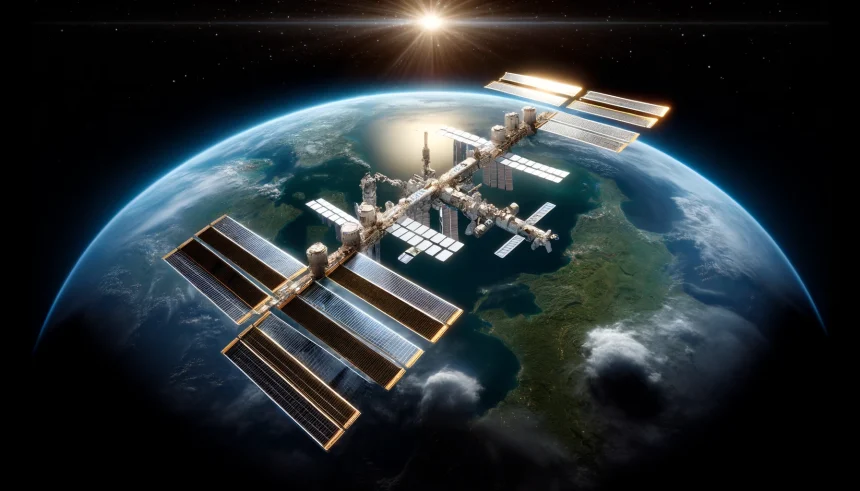Recent studies have highlighted the possibility that Mars’ underground environments could host life forms similar to Earth’s extremophiles. By examining how certain bacteria thrive in harsh Earth conditions, researchers are optimistic about finding analogous habitats on the Red Planet. This exploration not only broadens our understanding of life’s resilience but also informs future missions to Mars.
Previous missions to Mars revealed a planet with a thin carbon dioxide atmosphere and extreme surface conditions. However, subsurface analyses suggest that hidden reservoirs of water, combined with geothermal heat, might create more stable environments. These findings build on decades of research aiming to uncover Mars’ potential to support life.
How Can Methanogens Survive on Mars?
Methanogens, a type of extremophile bacteria from the Methanobacteriaceae family, thrive in some of Earth’s most inhospitable places.
“Our research shows that these organisms could potentially sustain themselves in Mars’ subsurface environments,”
said Dr. Butturini A from the University of Barcelona. The presence of methane in Mars’ atmosphere further supports the idea that such bacteria might exist below the surface, metabolizing carbon compounds in extreme conditions.
What Makes Acidalia Planitia a Likely Spot?
Acidalia Planitia, a region on Mars, stands out due to its high levels of radiogenic elements. These elements generate heat, which could maintain liquid water beneath the planet’s surface. The combination of warmth and water creates a potential haven for methanogens, offering protection from harmful radiation and stable temperatures necessary for their survival.
How Does This Research Impact Future Mars Exploration?
Understanding the potential habitats for life on Mars guides the objectives of upcoming missions. Knowledge about subsurface environments may influence where rovers and landers are deployed, ensuring they target areas with the highest likelihood of detecting microbial life. This strategic approach enhances the chances of uncovering evidence of life beyond Earth.
The identification of suitable environments for methanogens on Mars marks a significant step in astrobiology. By focusing on regions like Acidalia Planitia, scientists can better allocate resources and design missions that maximize the discovery of extraterrestrial life. This research not only fuels curiosity but also paves the way for groundbreaking discoveries in our quest to understand life in the universe.










